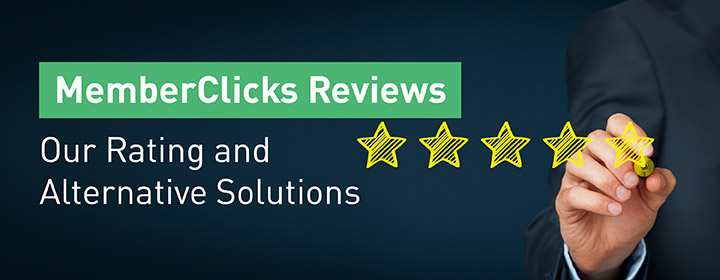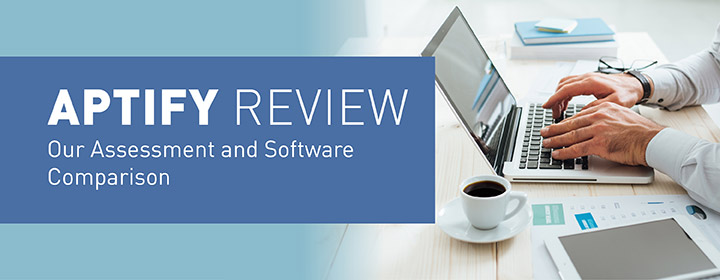 https://doublethedonation.com/wp-content/uploads/2025/11/DTD-horizontal-logo-300x63.png
0
0
Adam Weinger
https://doublethedonation.com/wp-content/uploads/2025/11/DTD-horizontal-logo-300x63.png
Adam Weinger2018-03-26 13:40:312025-09-18 16:27:51Shoe Drive Fundraising: A Mini Guide for Schools and Clubs
https://doublethedonation.com/wp-content/uploads/2025/11/DTD-horizontal-logo-300x63.png
0
0
Adam Weinger
https://doublethedonation.com/wp-content/uploads/2025/11/DTD-horizontal-logo-300x63.png
Adam Weinger2018-03-26 13:40:312025-09-18 16:27:51Shoe Drive Fundraising: A Mini Guide for Schools and Clubs
Aptify Review | Our Assessment and Software Comparison
An association management software purchase isn't a decision…

6 Simple Fundraising Plan Tips [With Free Templates!]
Your nonprofit’s fundraising plan is the backbone of your…

MemberClicks Reviews | Our Rating and Alternative Solutions
The search for the perfect association management software solution…

